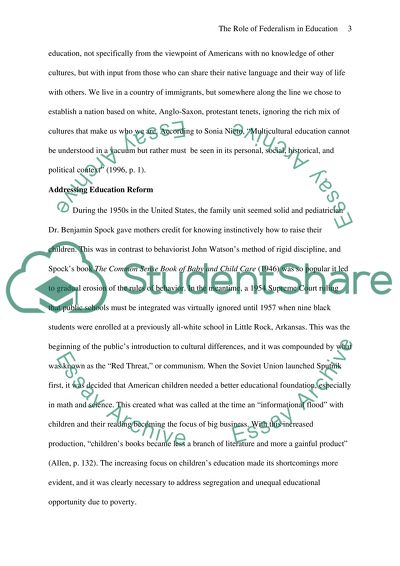Cite this document
(The Role of Federalism in Education Essay Example | Topics and Well Written Essays - 2000 words, n.d.)
The Role of Federalism in Education Essay Example | Topics and Well Written Essays - 2000 words. https://studentshare.org/education/1516084-the-role-of-federalism-in-education
The Role of Federalism in Education Essay Example | Topics and Well Written Essays - 2000 words. https://studentshare.org/education/1516084-the-role-of-federalism-in-education
(The Role of Federalism in Education Essay Example | Topics and Well Written Essays - 2000 Words)
The Role of Federalism in Education Essay Example | Topics and Well Written Essays - 2000 Words. https://studentshare.org/education/1516084-the-role-of-federalism-in-education.
The Role of Federalism in Education Essay Example | Topics and Well Written Essays - 2000 Words. https://studentshare.org/education/1516084-the-role-of-federalism-in-education.
“The Role of Federalism in Education Essay Example | Topics and Well Written Essays - 2000 Words”. https://studentshare.org/education/1516084-the-role-of-federalism-in-education.


